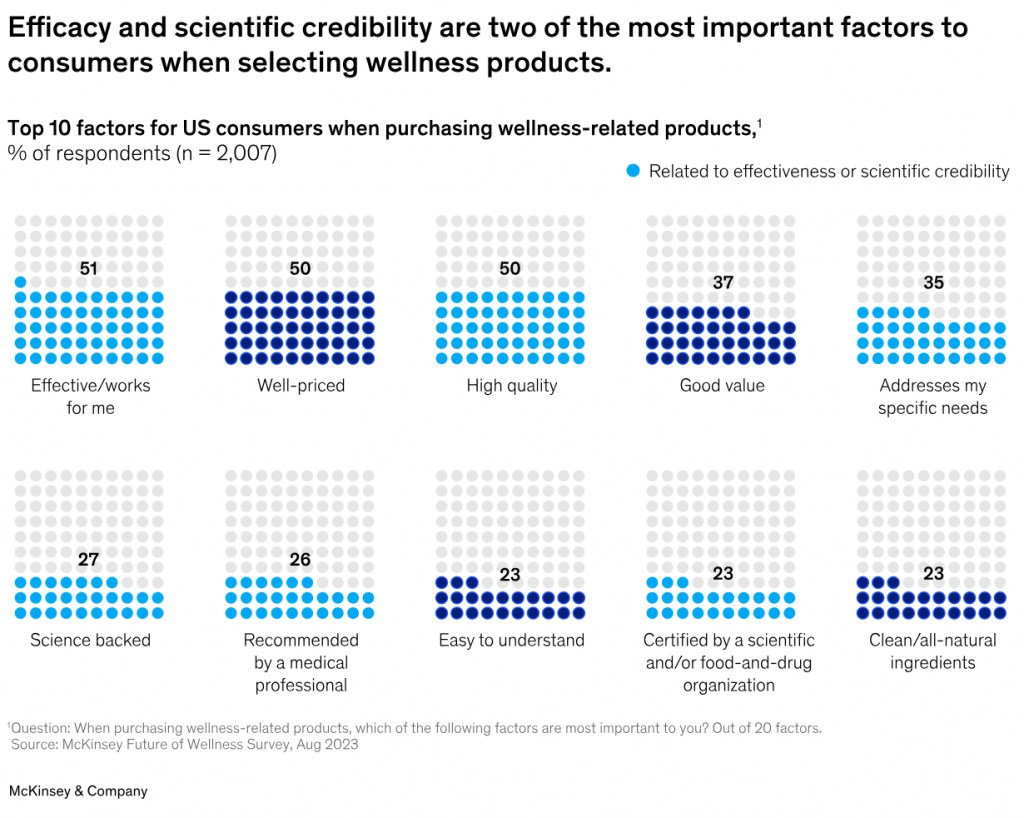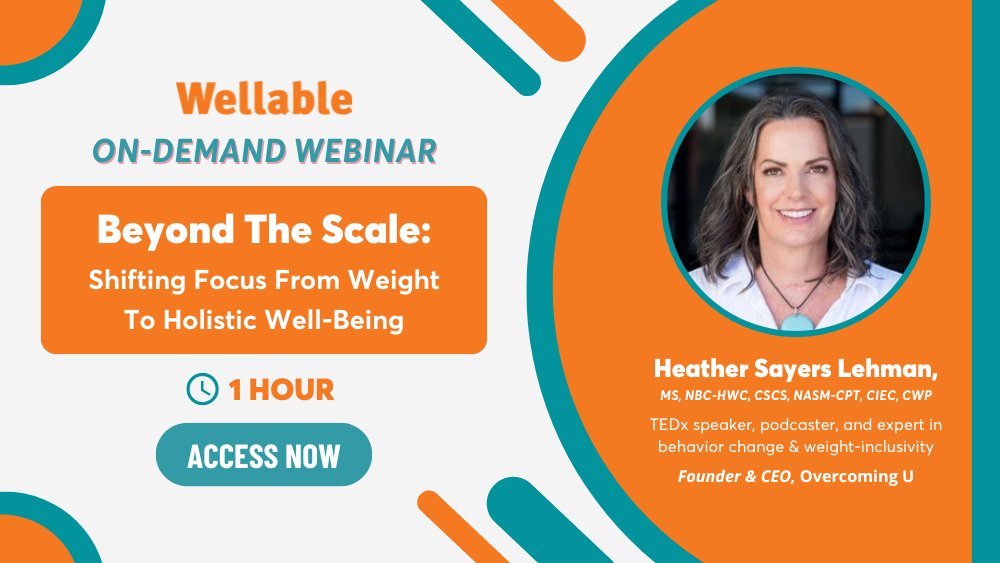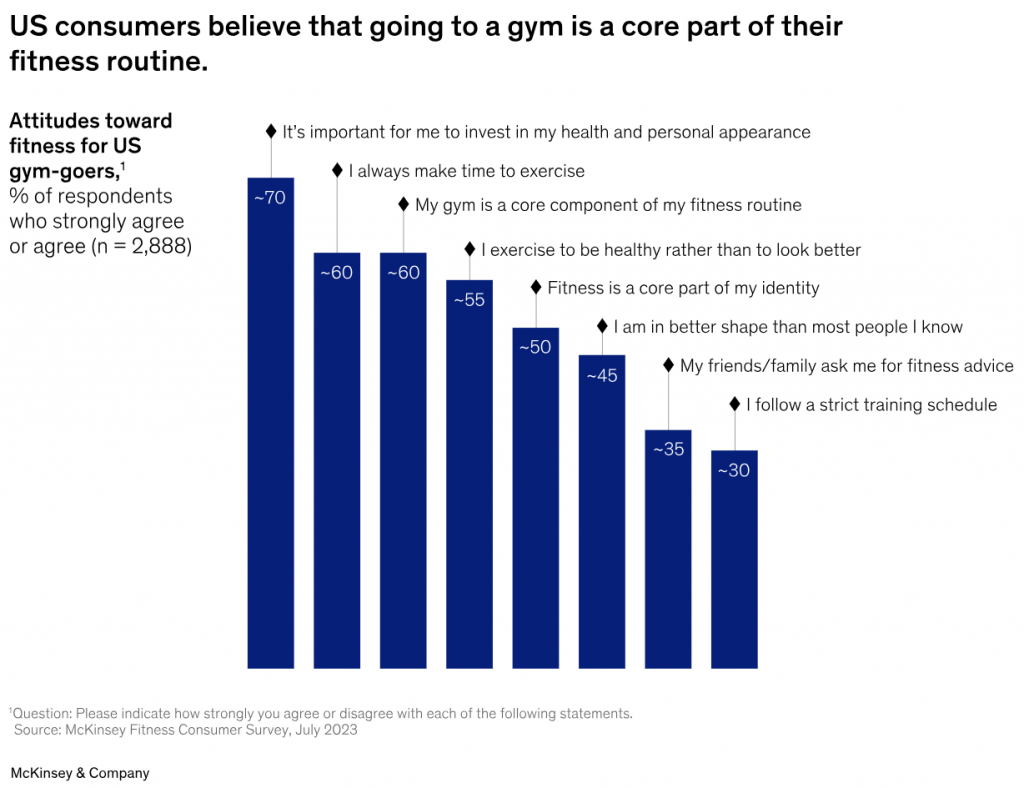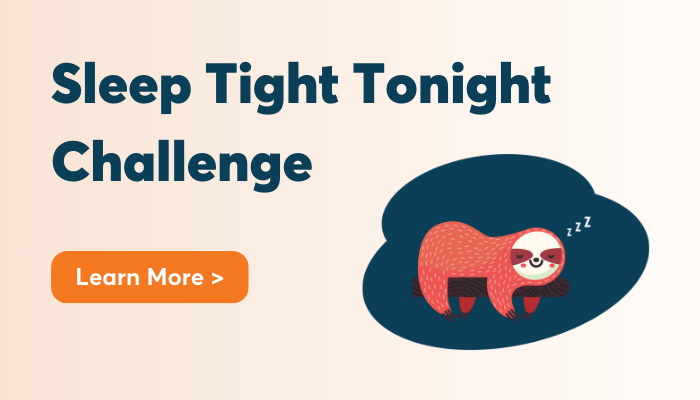The global wellness market has surged to a remarkable $1.8 trillion, mirroring consumers’ growing focus on health improvement. With this rapid growth comes a challenge for employers: adapting their wellness programs to keep pace with employees’ ever-evolving preferences.
McKinsey’s Future of Wellness survey highlights several emerging trends in the wellness space, including at-home health, AI personalization, and more, serving as an opportunity for employers to reassess and align their wellness benefits accordingly. This data-driven approach allows employers to design more engaging, personalized, and science-backed wellness programs that meet evolving employee expectations.

Pressed for time? Here’s a quick summary…
- Reimbursement strategies: Offer reimbursements for at-home health tests, wearable devices, and fitness activities through lifestyle spending accounts (LSAs) to meet modern consumer wellness preferences.
- Credible wellness: Partner with credentialed professionals to guide research-based and effective workplace wellness initiatives.
- Increased personalization: Offer personalized support through solutions like health coaching and telehealth to ensure wellness programs meet unique needs as technologies, like Generative AI (GenAI), continue to evolve.
Health At Home
The report highlights a growing consumer preference for at-home health tests, driven by the desire for convenience, rapid results, and frequent testing. US consumers are especially interested in testing for:
- Vitamin and mineral deficiencies (26%)
- Cold and flu symptoms (24%)
- Cholesterol levels (23%)

Employer Action Item
Employers can adapt wellness programs to meet demand for at-home health testing by:
- Offering or reimbursing tests through lifestyle spending accounts (LSAs)
- Incorporating health coaching or telehealth services for personalized follow-up based on test results
Wearable Health Devices

Wearable devices, ranging from fitness trackers to biometric rings, have gained traction for their real-time health insights. Nearly half of consumers have already purchased a fitness wearable, and one-third use their devices more frequently compared to last year. This trend indicates a shift toward personalized, data-informed health management.
Employer Action Item
Employers can enhance wellness programs with wearable technology by:
- Creating a wearable device store for employees to purchase wearables at discounted rates, or reimbursing devices through LSAs
- Facilitating seamless integration between wearables, their accompanying apps, and wellness platforms for a cohesive health tracking experience
This integration can foster accountability among employees regarding their fitness, sleep, and overall health while streamlining health monitoring.
Personalization & Gen AI
Nearly 20% of US consumers and a third of millennials show a preference for personalized products and services, a trend that has significant implications in the health and wellness industry. This demand is especially evident in rapidly expanding areas like women’s health and healthy aging, where tailored solutions are highly sought after due to the unique challenges they present.

In women’s health, for example, the focus ranges from menstrual care to fertility and menopause, each requiring specific interventions. Similarly, in healthy aging—a category where roughly 70% of UK and US consumers have reported an increase in spending—personalized strategies could improve quality of life and longevity for specific health needs.
Gen AI stands to revolutionize the wellness space by analyzing vast amounts of data to create highly customized, scalable solutions.
Employer Action Item
While it holds exciting potential, it’s important to remember that Gen AI is a rapidly growing field that needs further oversight and development before being deployed as a mass wellness tool. Employers that choose to integrate AI must proceed with caution, prioritizing employee data privacy and security.

In the meantime, existing methods can tailor wellness support to varied needs, such as:
- Personal Wellness Assessments, which provide actionable, customized lifestyle recommendations
- Health coaching
- Telehealth
- Health content library that offers diverse resources for varied interests and needs
This balanced approach offers customization while awaiting Gen AI’s maturation.
Doctor Recommendations & Clinical Over Clean
Consumers increasingly value healthcare provider endorsements over influencer marketing in wellness solutions, reflecting a search for reliability and trustworthiness in health information.
Additionally, about half of US and UK consumers rank clinical effectiveness as a top purchasing factor, compared to a smaller fraction who seek ‘clean’ and ‘natural’ labels. This evolution indicates a more sophisticated consumer mindset that prioritizes scientific evidence over marketing claims and buzzwords in wellness decisions.

Employer Action Item
These trends underscore the importance of grounding wellness programs in expert advice and scientific evidence. This can be achieved by:
- Partnering with credentialed professionals, such as registered dieticians, health coaches, physical therapists, and mental health professionals, to guide effective workplace wellness initiatives
- Aligning benefits with clinically backed products and services to meet consumer expectations
Weight Management

With one in three adults struggling with obesity, consumer interest in GLP-1 drugs like Ozempic is soaring. Over 50% of US consumers consider such medications very effective for weight management. However, perceptions vary globally, with lower effectiveness ratings in the UK and China.
Employer Action Item
Rather than relying solely on pharmaceutical interventions, workplace wellness programs should encourage a broader, more holistic approach to health. Considering the significant costs associated with GLP-1 drugs, a well-rounded weight management strategy can both manage expenses and cater to individual needs. This can be achieved by:
- Promoting holistic health practices alongside these medications, including proper nutrition and exercise
- Implement qualifiers for medication coverage such as participation in weight management programs, providing exemptions for those who can’t participate to ensure employee autonomy and equitable access

In-Person Fitness
In-person fitness is not only a growing priority for many consumers but also an integral part of their identity. Half of US gym-goers consider fitness a core part of their identity, a sentiment even stronger among younger demographics, with 56% of Gen Z viewing it as a “very high priority.” In-person fitness classes and personal training top the list of areas where consumers plan to increase their spending, highlighting the value placed on physical health and the social aspects of communal exercise.

Employer Action Item
Employers can support this trend by:
- Subsidizing memberships or classes through LSAs, increasing accessibility for employees and acknowledging fitness as a crucial aspect of their identity and overall well-being
- Hosting on-site group fitness classes, demonstrating a commitment to employee health and fostering personal interactions
- Providing adequate facilities like showers, changing areas, and secure storage to address practical needs that make it convenient for employees to integrate fitness into their workday
Sleep
Sleep is a critical yet often unmet health and wellness need among consumers. Despite being ranked as the second-highest priority, many individuals still struggle with achieving adequate and restful sleep. The complexity of sleep issues, influenced by numerous factors including nutrition, sleep hygiene, and mental health, presents a challenge in developing targeted support programs.
Employer Action Item
Addressing sleep concerns within the workforce requires a comprehensive strategy that extends beyond simple interventions. Employers can play a role by:
- Supporting various aspects of health like nutrition, physical activity, and stress management, recognizing sleep is intertwined with these factors
- Revising work policies that impact employees’ ability to disconnect and rest, such as expectations around after-hours communication and workload management
Beyond Trends: Employee Needs Assessment
It’s important to remember that these are general trends, and employees’ specific needs may differ by organization. Consider conducting an employee wellness interest survey to assess:
- Interest in these specific trends
- Existing wellness needs and preferences
This allows employers to bridge the gap between consumer trends and employees’ unique priorities.













